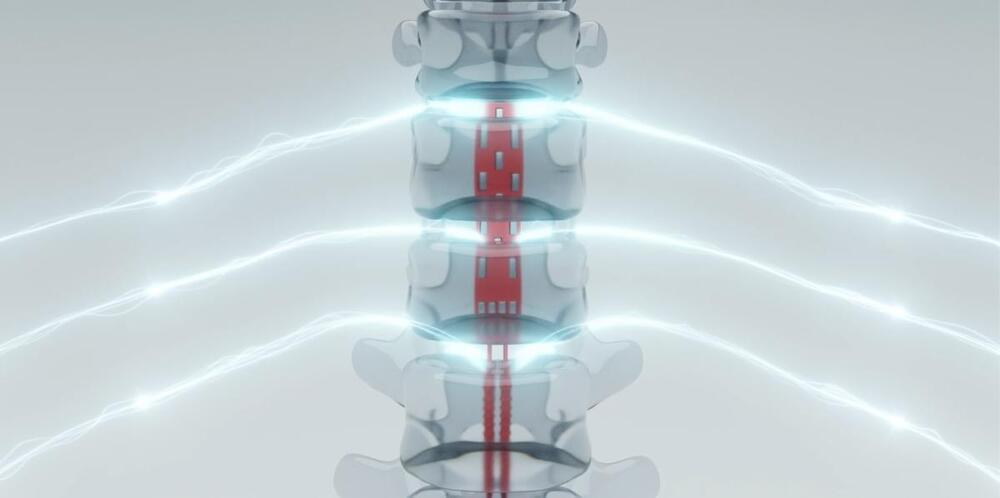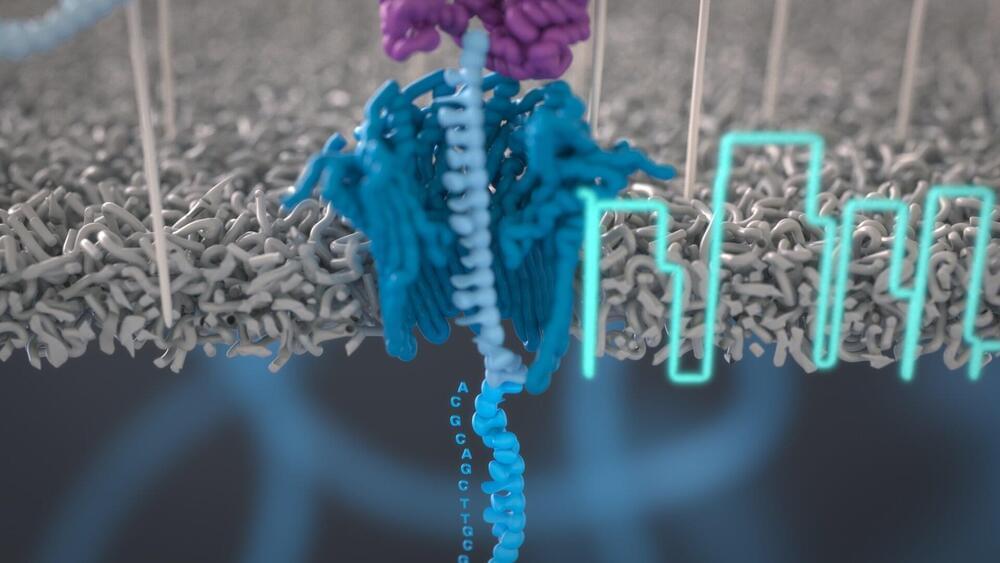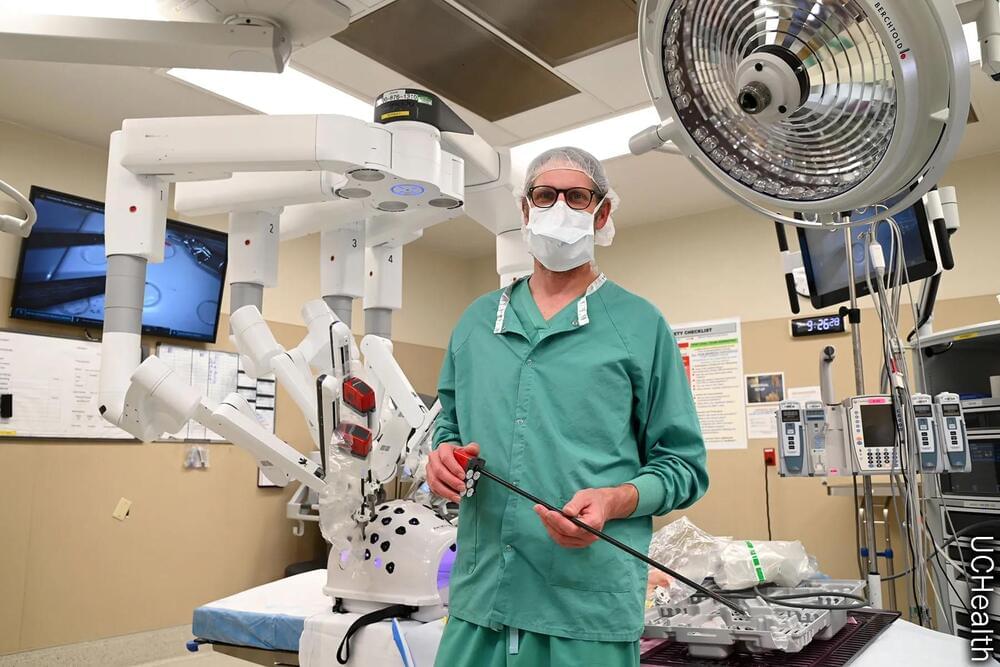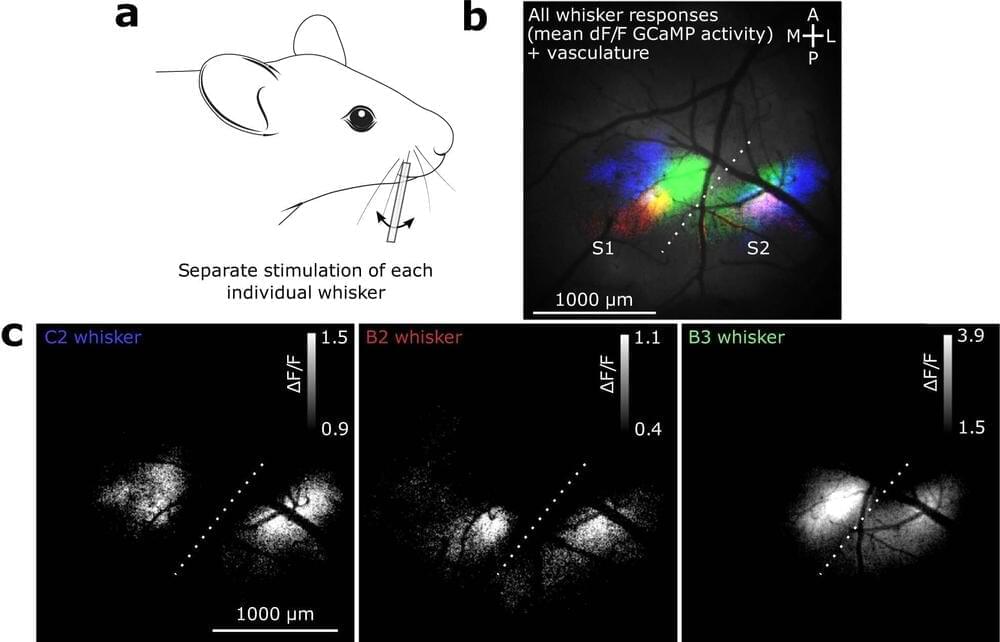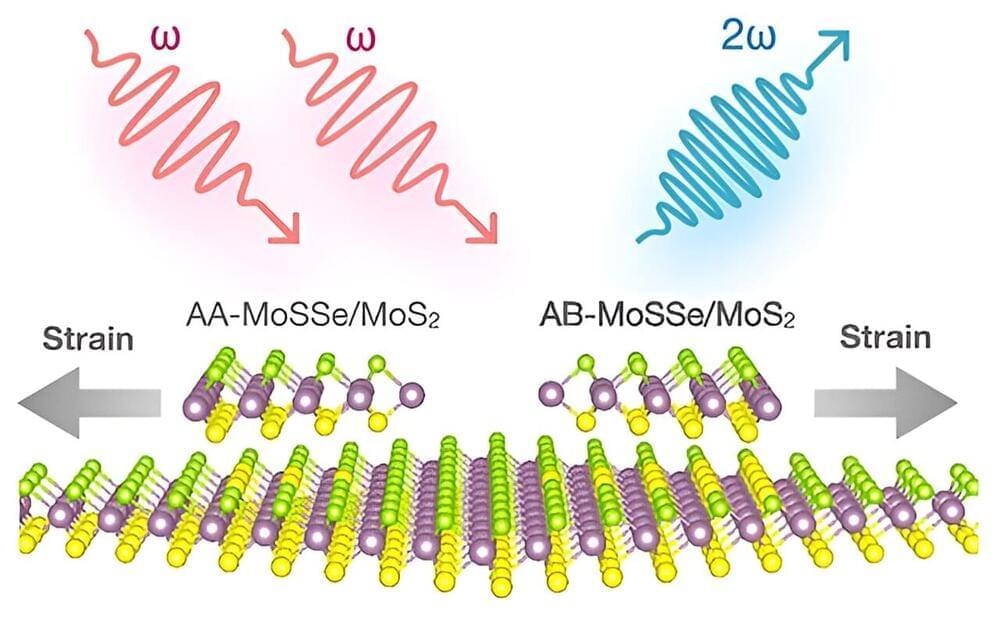How well that translation occurs remains to be seen while the patient learns and adapts to the new system. “The implant procedures involving the Onward ARC-IM and Clinatec BCI went smoothly,” Dr. Bloch said in an press release. “We are now working with the patient to use this cutting-edge innovation to recover movement of his arms, hands, and fingers. We look forward to sharing more information in due course.”
“If the therapy continues to show promise, it is possible it could reach patients by the end of the decade,” Onward CEO Dave Marver said in a statement to Engadget. “It is important to note that we do not expect people with spinal cord injury to wait that long for Onward to commercialize an impactful therapy — we hope to commercialize our external spinal cord stimulation solution, ARC-EX Therapy, to restore hand and arm function in the second half of 2024.”
Onward Medical among a quickly expanding field of BCI-based startups working to apply the fledgling technology to a variety of medical maladies. Those applications include loss of limb and self-regulatory function due to stroke, traumatic brain or spinal cord injury, physical rehabilitation from those same injuries, as well as a critical means of communication for people living with Locked-In Syndrome.
